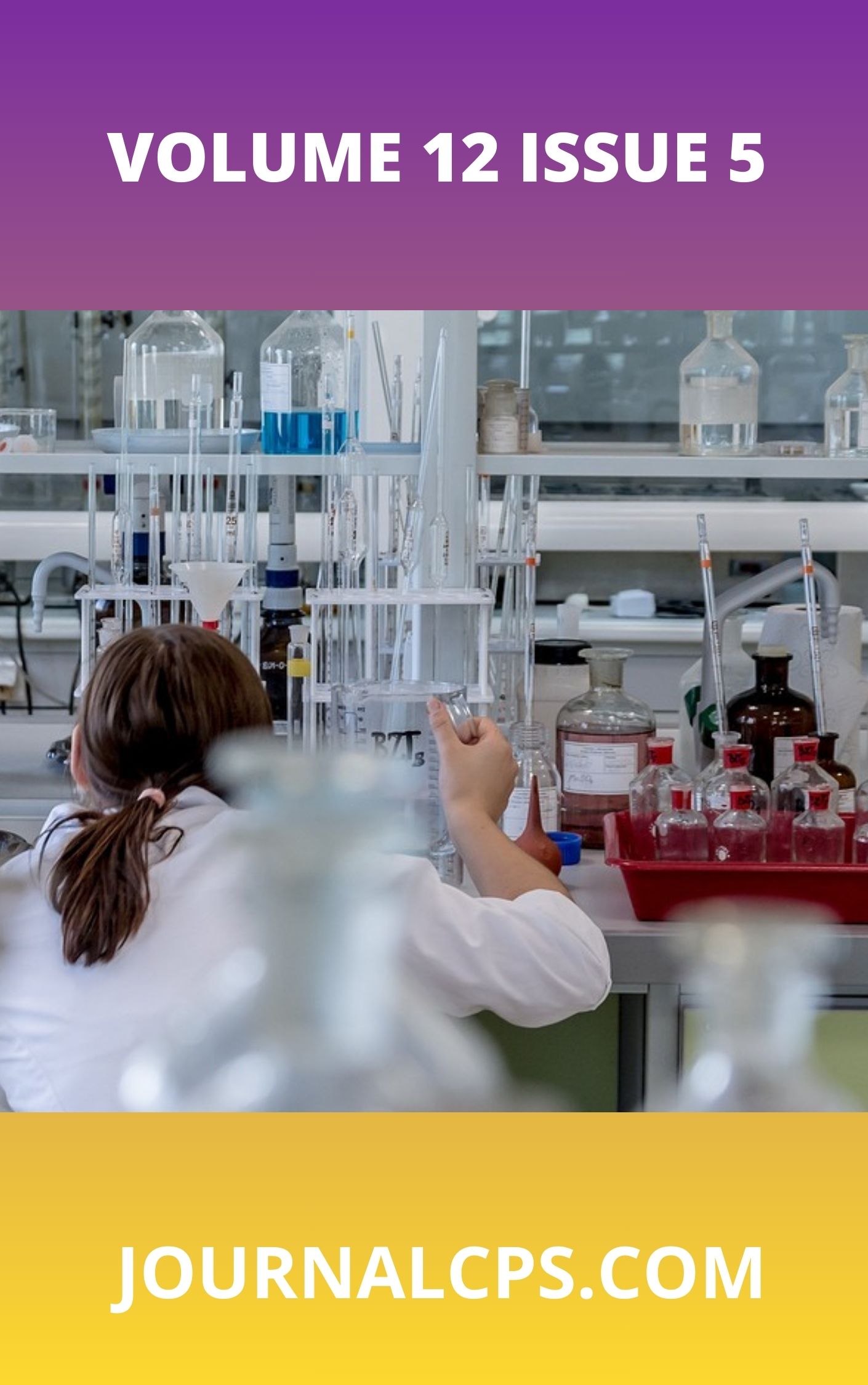A Conceptual Framework for Managing Pandemics: Integrating Disease Models with Public Behavior and Misinformation Control
Keywords:
Pandemic modeling, Public behavior, Misinformation, SEIR model, Dual-spread frameworkAbstract
Pandemic response strategies have traditionally relied on classical epidemiological models such as SIR and SEIR, which primarily focus on the biological transmission of infectious diseases. However, these models often overlook the significant influence of public behavior, trust in science, and the rapid dissemination of misinformation. This paper proposes an integrated conceptual framework that bridges these gaps by combining epidemic modeling with behavioral and informational dynamics in what is termed a "Dual-Spread Model." Through a synthesis of literature, historical examples (COVID-19, H1N1, Ebola), and illustrative diagrams, the study reveals how misinformation, public trust, and community responses can either amplify or suppress disease spread. The framework emphasizes feedback loops between disease outcomes, information flows, and behavioral responses, offering practical insights for policymakers. Key policy recommendations include behavior-informed vaccination campaigns, targeted communication strategies, and coordinated efforts between public health institutions and information platforms. This interdisciplinary approach provides a more robust and adaptive tool for future pandemic preparedness and response.
Similar Articles
- Yunusa Idris, Effect of Reciprocal Constructivist Instructional Approach on Middle Basic Science Students’ Academic Achievement of Kaduna Education Zone, Kaduna State , Communication In Physical Sciences: Vol. 8 No. 2 (2022): VOLUME 8 ISSUE 2
- Godwin James Udo, Emaime Jimmy Uwanta, Joachim Johnson Awaka-Ama, Emmanuel Etim Ubuo, Emmanuel James Ukpong, Raphael Igwe, Aniedi Etim Nyong, Nsikan Jackson Etukudo, Stephen David Okon, Bio/fossil fuels refining Appraisal of the Elemental distributions, SiO4 /AlO4 and Si/Al Ratios of Itu Virgin Kaolin , Communication In Physical Sciences: Vol. 10 No. 3 (2023): VOLUME 10 ISSUE 3 (2023-2024)
- N. B. Essien, Sorghum Waste as an Efficient Adsorbent for the Removal of Zn2+and Cu2+ from Aqueous Medium , Communication In Physical Sciences: Vol. 5 No. 2 (2020): VOLUME 5 ISSUE 2
- Muhammad Bello, Musa Bello, Dunah Lawissense Godfrey, Effect of Multimedia-Enriched Lecture Method on Retention Among Secondary School Physics Students in Kano Metropolis, Nigeria , Communication In Physical Sciences: Vol. 12 No. 3 (2025): VOLUME 12 ISSUE 3
- Rakiya Haruna, Muneer Aziz Saleh, 222Rn activity concentration in outdoor air of Johor, Malaysia , Communication In Physical Sciences: Vol. 8 No. 2 (2022): VOLUME 8 ISSUE 2
- Franklin Akwasi Adjei, Artificial Intelligence and Machine Learning in Environmental Health Science: A Review of Emerging Applications , Communication In Physical Sciences: Vol. 12 No. 5 (2025): Vol 12 ISSUE 5
- Adewale Victor Kuyinu, Sikiru Salau, Kolawole Samuel Oyeleke, Moshood Abiola Salaam, Design and Construction of a long-lasting solar charging option for an E-Scooter , Communication In Physical Sciences: Vol. 12 No. 6 (2025): Volume 12 ISSUE 6
- Nwokem, Calvin Onyedika, Kantoma, Dogara , Zakka Israila Yashim , Zaharaddeen Nasiru Garba, Kinetic and Thermodynamic Studies on Adsorption of Pb2+ and Cr3+ from Petroleum Refinery Wastewater using Linde Type a Zeolite Nanoparticle. , Communication In Physical Sciences: Vol. 10 No. 3 (2023): VOLUME 10 ISSUE 3 (2023-2024)
- Abdullahi Lawal, Musa Bello, Ahmed Musa Kona, Quasi-particle band structure and optical properties of Perylene Crystal for Solar Cell Application: A G0W0 Calculations , Communication In Physical Sciences: Vol. 8 No. 2 (2022): VOLUME 8 ISSUE 2
- Isah Muhammad, Gafar Matanmi Oyeyemi, Generalized Variance Estimator using Two Auxiliary Variables under Stratified Random Sampling , Communication In Physical Sciences: Vol. 12 No. 2 (2025): VOLUME 12 ISSUE 2
You may also start an advanced similarity search for this article.




